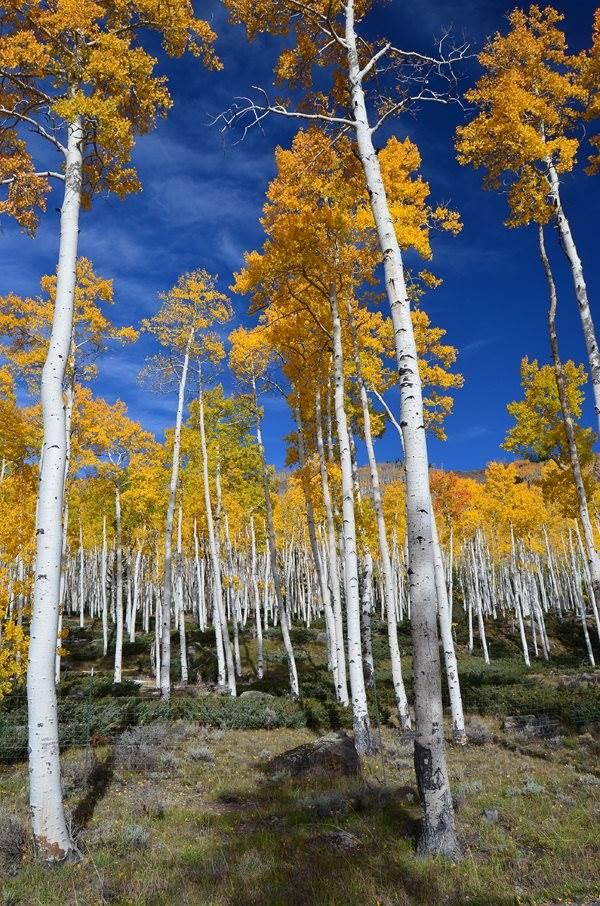Over 40.000 genetically identical trees have given birth to the largest living organism in the world. It is called Pando, it is located in the USA and extends over a very large area of 43 hectares. Unfortunately, however, American environmental policies could put this gentle giant at further risk
Over 40.000 genetically identical trees have given birth to the largest living organism in the world. It is called Pando, it is located in the USA and extends over a very large area of 43 hectares. Unfortunately, however, American environmental policies could put this gentle giant at further risk.
Made up of about 40 thousand specimens of aspen (Populus tremuloides Michx, a plant of the Salicaceae family), Pando has to deal with the possible elimination of the environmental constraints that have so far protected American protected areas.
Also known as the trembling giant, it is found in Fishlake National Forest, Utah. It is considered to be the largest living organism on Earth. All the trees that compose it are the clones of the others, united by the same root.
In fact, the aspen trees tend to reproduce by vegetative reproduction rather than by seed: this means that the plant extends its root system below the ground and after having traveled a certain distance from the roots it develops suckers that grow vertically giving rise to a new stem. with the same genetic markers as all the other suckers born from the same root system.

By studying the genetic markers, in fact, the scientists understood that all the branches of Pando were part of the same living organism, with enormous roots whose weight has been estimated at about 6.615 tons. Furthermore, the Pando root system is considered to be among the oldest living organisms in the world, with an age of around 80.000 years.
The Pando colony of Quaking Aspen in Utah is estimated to be 80,000 years old! #TreeTrivia https://t.co/HW4jb65C50 pic.twitter.com/p3FNVsqDZR
— Trees for Life (@treesforlifeuk) 12 gennaio 2016
In summer, the green leaves offer shade from the heat. In autumn, their orange and yellow color is a sight for visitors, who cross the country to admire this giant.
However, 27 havens like this they may have to give way to construction and industrial activities as feared by the new US regulations that aim at eliminating some of the environmental constraints of protected areas.
Have you met Pando Forest? It’s actually one 13-million-pound clone made up of 47,000 trees! https://t.co/GB5clPRc5l #FunFactFriday pic.twitter.com/ZUljrXHgq4
— U.S. Forest Service (@forestservice) 7 aprile 2017
As large as it is fragile
Diseases and insect infestations over the years have also put Pando's life at risk. As such, Fishlake National Forest employees are always working to protect it. For example, some areas of Pando have been fenced to prevent some animals from eating the sprouts. Or else it has been done so that the buds can have more sunlight.
READ also:
- GRAND CANYON AT RISK: IN THE LANDS OF THE NATIVES THEY WANT TO RESUME URANIUM EXTRACTION
- THE 10 STRANGEST TREES IN THE WORLD
- THE 10 LONGEST TREES IN THE WORLD
But the main threat isn't animals.
Francesca Mancuso


























